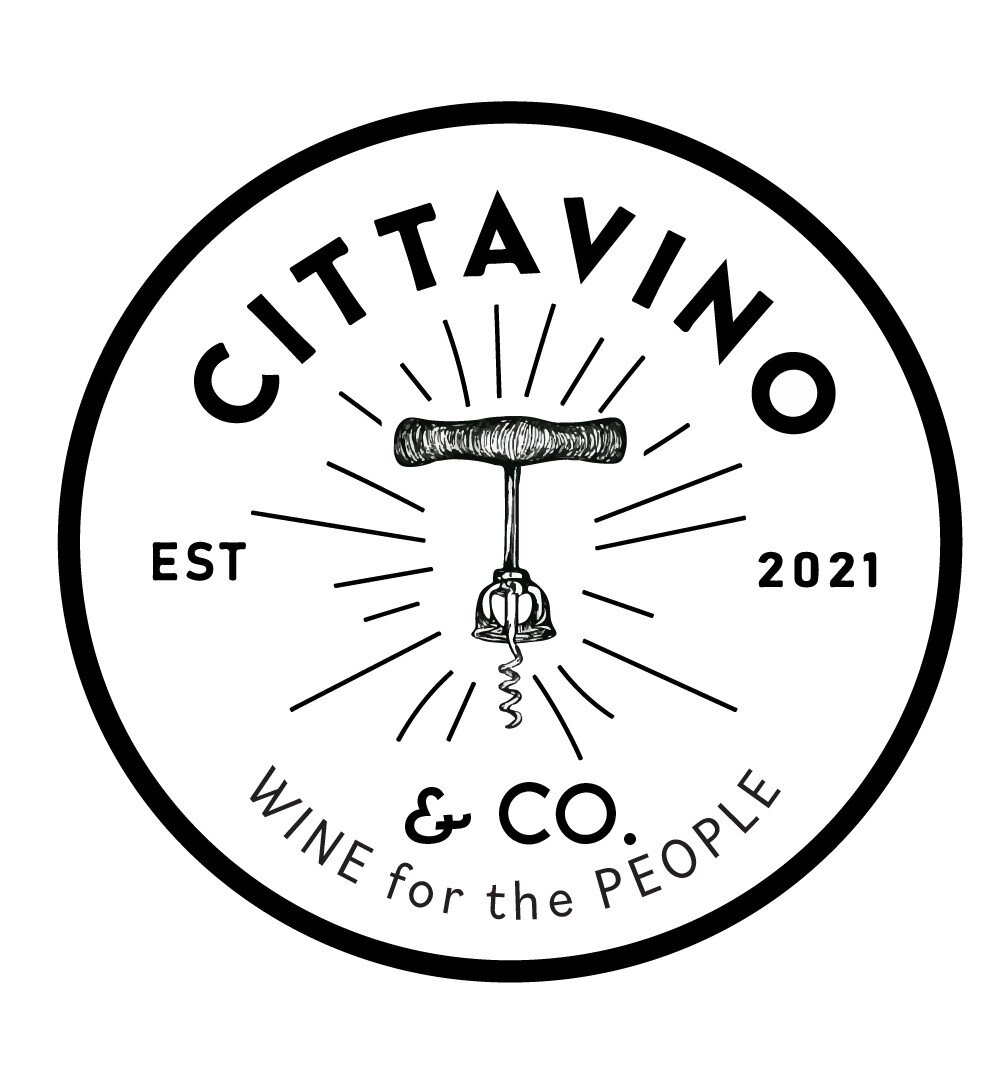SALENTO IGT
The Map
The Salento zone encompasses the entire southern half of Puglia: most of the province of Brindisi; half of Taranto; and all of Lecce.
The Name: Salento IGT
IGT means Indicazione Geografica Tipica, and it is a less restrictive wine denomination label than DOC or DOCG. IGTs often cover larger geographic areas than their DOC/DOCG cousins and are more relaxed in regulating vine yields and allowable grapes*. Hence, the Salento IGT covers a large area, so with respect to winemaking, the Salento IGT will just give you a general understanding of where the wine comes from. For more specific locations one would have to refer to a specific winery’s website (or Cittavino & Co.!). The farmsteads of this area are called Masserie (plural) (Masseria (singular)), and many wineries use this in their names as an acknowledgement of their farming and winemaking roots.
The name Salento holds weight and refers to not just the geographical limits, but also to a specific culture of food quality as well. For example, there is a Salice Salentino wine made from the Negroamaro grape, but there is also a caffe salentino, which is a delicious iced espresso poured over sweetened condensed almond milk made from local almonds. I once asked a bar if they could make me 4 of them in one, if they didn’t know I was American before they sure did then. It’s the best coffee I’ve ever had in my life, and I spent months back home in America trying to recreate the sweetened condensed almond milk.
The Land
Generally speaking, the climate is hot Mediterranean, and the land is flat and rather fertile, which lends itself so spectacularly to fruit, vegetables, olives, wheat, and nuts. With respect to the vines, however, fertile soils mean grapegrowers must put effort into curbing the vines’ productivity. as an overly productive vine left to grow bunches and bunches of grapes will not produce grapes of great quality or concentration.
The exact soil composition of the Salento is varied and again, will depend on the more specific area. Areas that do produce some of the more noteworthy wines tend to have some level of mixture of sand, iron rich clay, and limestone. Drought is certainly an issue in this hot zone, and grape growers are legally allowed to use irrigation.
The Salento area grows most of the region's fruit and vegetables. Italians have a term called “zero kilometro”, 0km, when referring to produce and food. I first learned of this term in Puglia from my bud Paolo Cantele (Cantele Winery), and it means that food does not travel. The food you eat is grown in the place you are. And my gosh is it delicious food. The best vegetables I’ve ever had in my life were from Salento. The best bread too. THE. BEST. BREAD. The ancients knew, and still today it’s true, Puglia is the place to be and the Salento has so much to offer beyond wine.
The Grapes
Salento is home to many grape varieties, but below are listed the native varietals. In bold are the more known and the others more obscure. All of these grapes take part in the IGT, if you recall above the IGT zones are often more broad and less restrictive. A producer may choose to put the grape varietal on the label to provide some clarity about what is in the bottle. If the grape name shows up on the bottle, you as the consumer know that that grape makes up at least 85% of the blend. For example, by looking at the label of a Negroamaro Salento IGT you would know: the wine comes from the southern half of Puglia and at least 85% of the blend is Negroamaro. The other 15%? Good Luck. Head over to the producer's website and see if it is listed, and perhaps in doing so you will also find out the exact location of the winery and vines.
Comprehensibility is difficult in all matters of life, but especially when we talk native Italian grapes. It seems like a new variety is discovered every day. If you have questions or see something missing, please don’t hesitate to send an email!
Rossi
Negroamaro
Nero di Troia
Malvasia Nera di Brindisi
Primitivo
Susumaniello
Bianchi
Bombino Bianco
Francavidda
Impigno
Marchione
Maruggio
Minutolo
Verdeca

